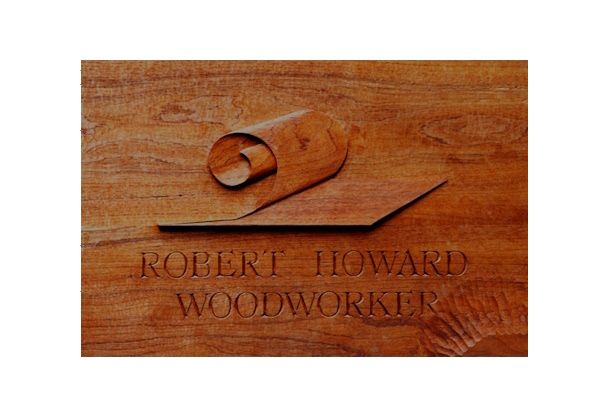About

Now, many years later, I can look back and see the full significance of my luck.
Modern life does not present many opportunities for us to discover the creative pleasure and deep satisfaction that flow from working with our hands. In evolutionary terms, this is a very abrupt change, taking place over just a few generations. It is no wonder that many of us miss it.
Although I did not realise it at the time, this is what triggered my epiphany in 1978, when I discovered fine woodworking. It is what led to that strange situation where I, as a graduate mechanical engineer, found myself so happy to find a job as a woodworker. It was a bit weird, but exhilarating. Like so many young people of my generation of baby boomers, I had been searching for fulfilling work (I can see this now, looking back), and through sheer blind luck, I had found it.
That was the beginning of my woodworking journey. Four years in that furniture factory gave me an excellent education in building an extensive range of solid wood furniture, and the beginning of my education as a woodcarver. I also discovered that my engineering studies provided me with an excellent understanding of the tools and technology of woodworking, and of the design and structure of the furniture itself.
Later on, when my work evolved to include carved wooden bowls, my studies were again indispensable, helping me to understand and visualise complex, three dimensional, curved forms. It is probably true to say that the deep satisfaction I got from woodworking was what I had hoped to get from engineering, but didn’t. The critical difference was that only woodworking allowed me to use my hands, as well as my head.
I went on to become a self-employed woodworker in mid-1988, and have continued as one ever since. Despite its many pleasures, it has not been an easy road, but the essential satisfactions have never waned. As most of the surviving fine woodworkers of my generation seem to have done, I have managed to cobble together a combination of work that, along with an extremely patient and helpful partner, has allowed me to continue to do the work that I love.
I am free to make whatever I want to make, as well as I can make it, which is an incredible luxury. I buy this freedom by indulging in another love, teaching, in both private classes and by writing for the Australian Wood Review. I have been doing both for more than 25 years.
